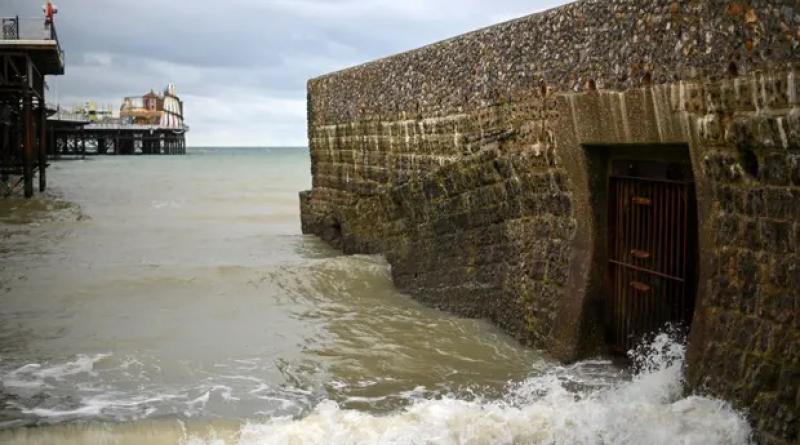Targets to clean up the majority of England’s rivers, lakes and coastal waters suffering from a cocktail of agricultural and sewage pollution have been pushed back from 2027 to 2063.
Not one English waterway, including rivers, lakes, estuaries and coastal waters is in good ecological and chemical health at present, with pollution from water treatment plants and agriculture the key sources of the damage. The Environment Agency said on Thursday £5.3bn was being invested for the next five years to stop the further deterioration of waterways.
But the summary documents within the plan reveal the target for all 3,651 water bodies to achieve good chemical and ecological status – a state in which they are as close to their natural state as possible – was now decades away in 2063.
Until Brexit the UK government was signed up to the water framework directive, which required countries to make sure all their waters achieved “good” chemical and ecological status by 2027 at the latest. The UK government later reduced the target to 75% of waterways reaching the single test of good ecological status by 2027 at the latest. The target for the majority of waterways to achieve good status in both chemical and ecological tests has now been pushed back to 2063, according to the documents.
By 2027, only 4% of waters are currently on track to be in good overall condition.
The Wildlife Trusts said the new river basin management plans were the third instalment of proposals to restore nearly 5,000 rivers, lakes, estuaries and coastal waters across England. Both previous plans from 2009 and 2015 were supposed to oversee the recovery of a large proportion of these waters by 2015 and 2021 – but the targets were missed and pushed back.
Ali Morse, water policy manager for the Wildlife Trusts, said this new target of 2063 meant rivers, lakes and coastal waters would not be healthy within the lifetimes of many people. “For too long we have allowed our rivers and lakes to become poisoned, decimating aquatic wildlife and habitats.
“We need ambitious targets to repair the immense damage inflicted on our natural world. Instead, the government is comfortable with kicking action on rivers into the long grass. At this rate, a great deal of us will not see England’s rivers and lakes given a clean bill of health in our lifetimes – and that is nothing short of a tragedy.”
The latest state of rivers and lakes released by the Environment Agency in 2020 shows that only 16% meet the criteria for good ecological status and no surface water bodies are deemed to meet the criteria for achieving good chemical status. Both criteria are required for a waterway to be deemed as in a good state - thus no river, lake or coastal water is judged to be in a good state at present.
The Environment Agency said on Thursday the £5.3bn being invested in the river basement management plans into waterways over the next five years would help protect and enhance England’s waters, tackling the impacts of pollution and climate change. The plans are legally-binding and aimed at tackling the key threats to rivers and coastal waters which are water company pollution, agricultural pollution, climate change and population growth.
But if no progress is made the EA said only 6% of rivers, lakes and coastal waters would be in a good ecological state by 2043.
John Leyland, EA executive director said: “Whilst progress has been made to protect and enhance England’s waters, it is clear that considerable time and investment will still be needed if we are to see the further improvement in our water environment that we all want.”
The £5.3bn action plan to 2027 was already funded, the EA said. It included £4.3bn of action by water companies and more than £500m to mitigate the impacts of agriculture on the water environment.
The Wildlife Trusts said pressures from water demand and pollution were incessant; from record-breaking temperatures and low rainfall, to the overuse of storm overflows to release raw sewage into rivers, even at times of dry conditions. The latter, the trusts said, were a clear sign that investment in sewage infrastructure had not kept pace with what was needed.
Morse said the reason for what was an extremely long road to recovery of river health outlined in the new plans was in the majority of cases, chemical pollution. Waterways are polluted by chemicals from landfill sites, urban runoff or agriculture, and when these chemicals have already reached the environment, there was very little that could be done to remove them, she said.







